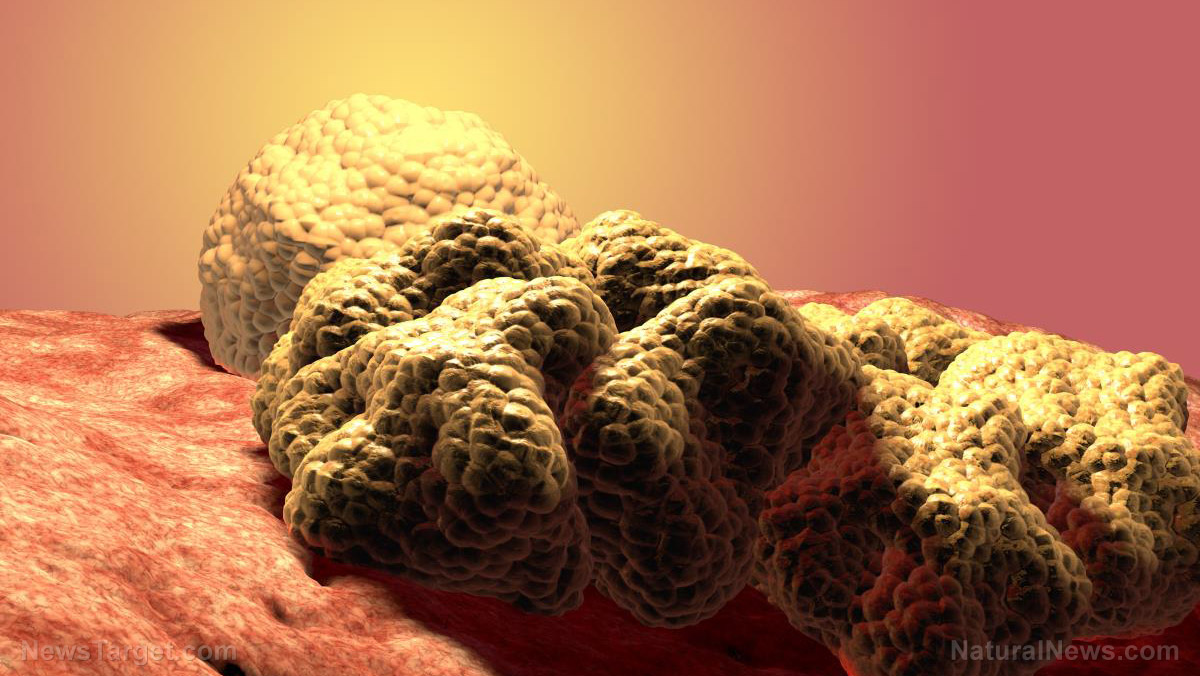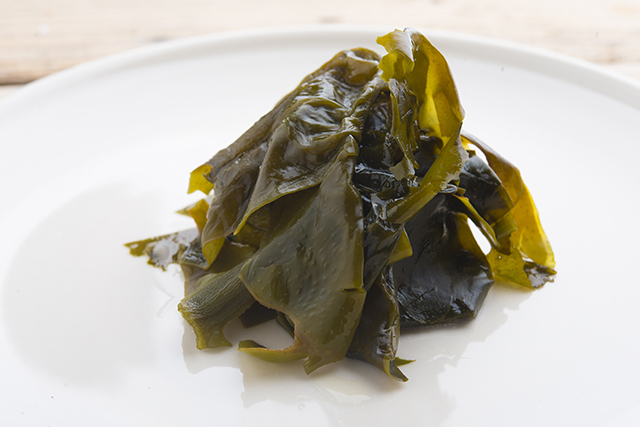
The link between exercise and tumors
Several studies suggest that physical activity can help slow down tumor growth and size. Additionally, findings imply that exercise can boost the effectiveness of other cancer therapies.
One study conducted by researchers from the University of Copenhagen revealed that mice subjected to intense exercise had a 50 percent reduction in growth, size, and incidence of cancer tumors. The UPCH study was published in the journal Cell Metabolism.
This suggests that exercise can boost cancer-fighting immune cells, or natural killer cells (NK cells), in mice. Researchers are optimistic that the same results can be replicated with human participants.
Experts know that "infiltration of these natural cancer-fighting immune cells into a cancerous tumor is the key to controlling and regulating tumor size." However, researchers have yet to determine how to effectively bring NK cells into action.
In the UCPH study, the researchers found that a surge of adrenaline due to high-intensity exercise helps boost NK cells. They added that exercise pushed these cells toward liver, lung, and skin tumors.
Pernille Hojman, the study's senior author, and the rest of the team worked with mice depleted of NK cells to confirm that the increase in the number of NK cells at the site of the tumor was directly responsible for the size reduction. Even if the mice exercised and had a full suite of other immune cells, the subjects experienced the normal rate of cancer growth without NK cells.
Test results also showed that blocking the function of adrenaline also blunted the cancer-killing benefits of exercise in the subjects. Hojman noted that "it might be beneficial to exercise at a somewhat high intensity in order to provoke a good epinephrine surge and hence [the] recruitment of NK cells."
Increased blood flow and cancer prevention
A separate study concerning prostate cancer tumor growth in rats, which was conducted by Kansas State University researchers, showed that exercise can also fight cancer in different ways.
Results revealed that increased blood flow helped slow the spread of cancer in the rat subjects.
For the study, researchers divided the rats into two groups: one that exercised and another that were sedentary.
According to the study findings, exercising increased blood flow to the tumors by a whopping 200 percent. This is good news because tumors exposed to an abundance of oxygen-rich blood have a much lower tendency to metastasize and spread cancer to other parts of the body. (Related: Another disease linked to inactivity: Study finds increased risk of lung, head and neck cancers among the sedentary.)
In a separate study, aerobic exercise "brought about normalcy to human breast cancer tissues." The researchers said that physical activity could help tissue affected by cancer return to its pre-tumor state, which can prevent the development of more aggressive and dangerous tumor growth.
These studies show that physical activity can help make conventional cancer treatments more effective. Compared to administering chemotherapy alone, using exercise to complement a conventional regimen of chemotherapy was more effective in shrinking tumors.
Exercise won't just help you stay fit. Intense physical activity can also help lower cancer.
Sources include:
Please contact us for more information.























